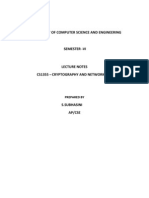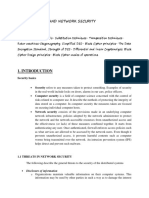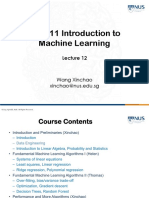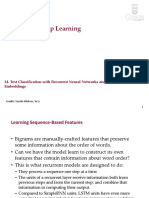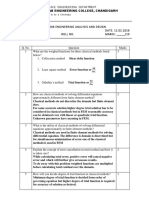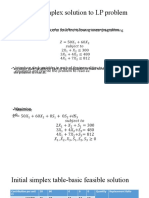0% found this document useful (0 votes)
7 views4 pagesUnit 1 Notes
Module 1 introduces key concepts in computer security, including the OSI Security Architecture, security attacks, and essential security services and mechanisms. It covers classical encryption techniques, foundations of modern cryptography, and various methods of cryptanalysis. The module emphasizes the importance of confidentiality, integrity, and availability in protecting information and systems.
Uploaded by
Divya GhadgeCopyright
© © All Rights Reserved
We take content rights seriously. If you suspect this is your content, claim it here.
Available Formats
Download as DOCX, PDF, TXT or read online on Scribd
0% found this document useful (0 votes)
7 views4 pagesUnit 1 Notes
Module 1 introduces key concepts in computer security, including the OSI Security Architecture, security attacks, and essential security services and mechanisms. It covers classical encryption techniques, foundations of modern cryptography, and various methods of cryptanalysis. The module emphasizes the importance of confidentiality, integrity, and availability in protecting information and systems.
Uploaded by
Divya GhadgeCopyright
© © All Rights Reserved
We take content rights seriously. If you suspect this is your content, claim it here.
Available Formats
Download as DOCX, PDF, TXT or read online on Scribd
/ 4




















